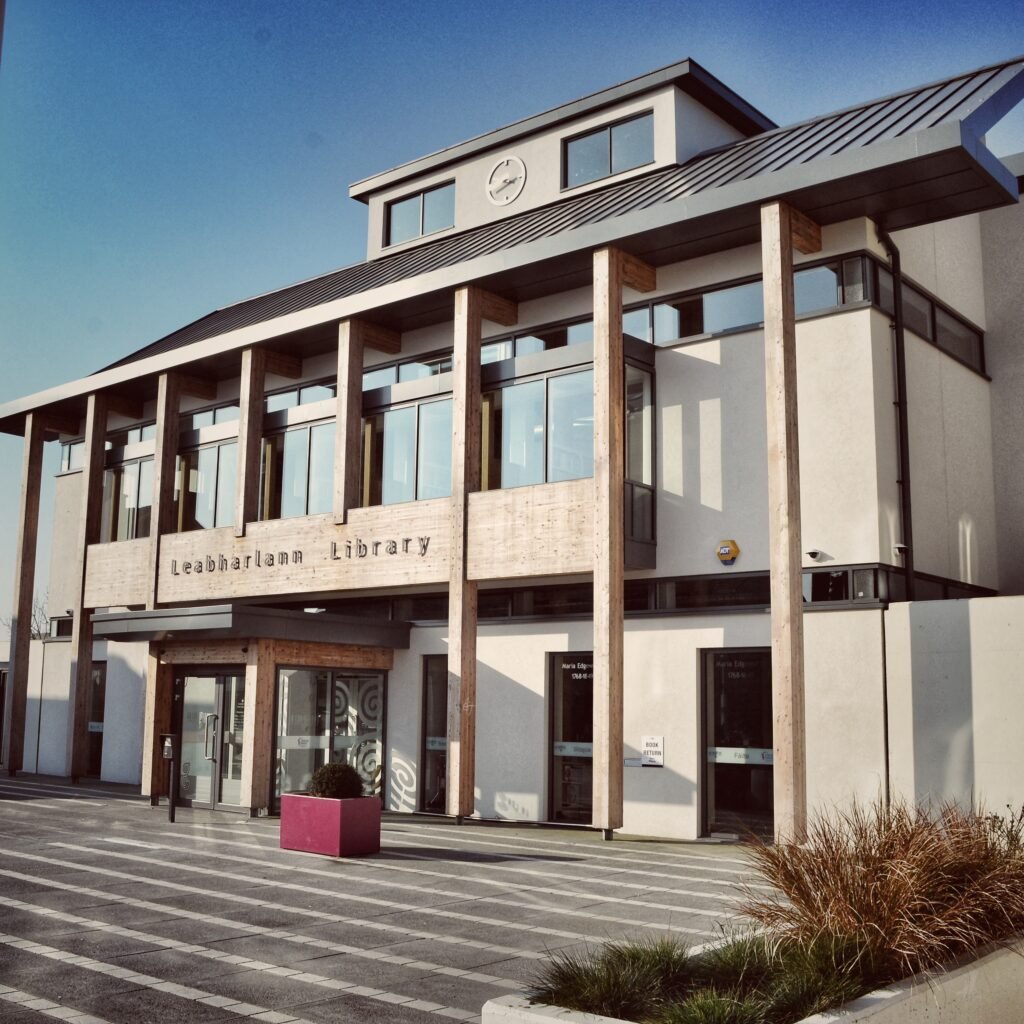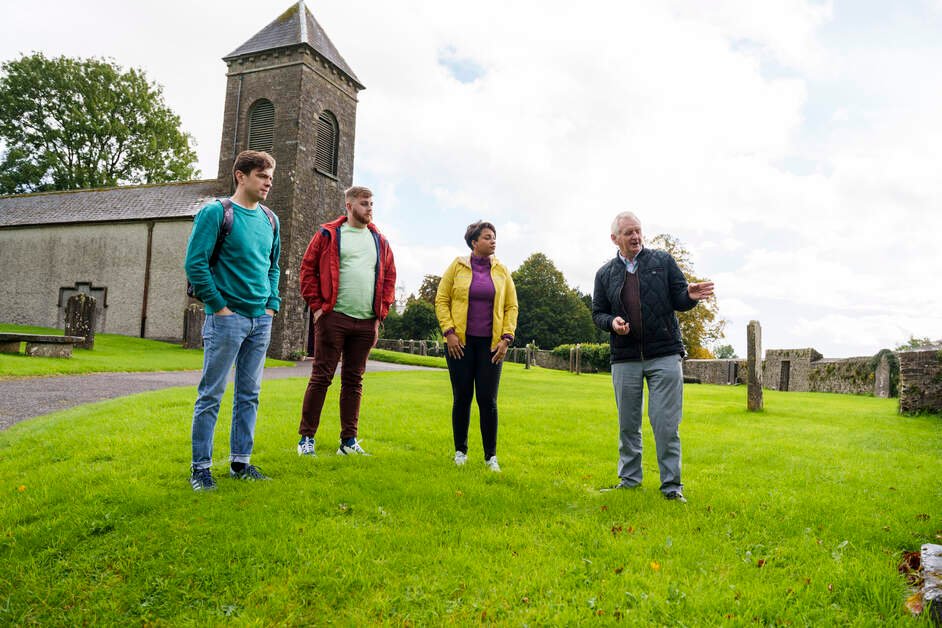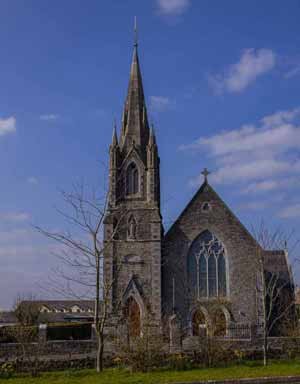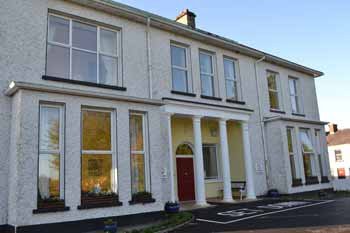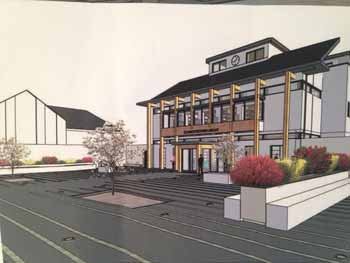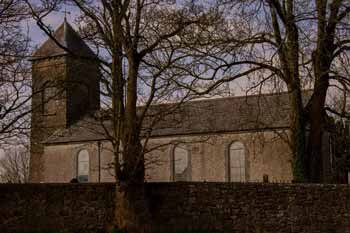Edgeworthstown's Heritage & Literary Trail
Join a local guide on Edgeworthstown’s Heritage & Literary Trail. Explore a small country town in rural Ireland, quietly tucked away in Ireland’s Hidden Heartlands. And unearth its name: “The Town of the Great Writers”. Follow in the footsteps of historical figures, like Sir Walter Scott, William Wordsworth, Oscar Wilde and many more. Take one of our breathtaking literary walking tours and uncover their connections with the town of Edgeworthstown.
ONLINE BOOKING AVAILABLE FOR GROUPS OF 10+ PEOPLE.
Visit the charming grounds of Maria Edgeworth’s ancestral home
Abbé Edgeworth’s birthplace
Oliver Goldsmith’s residence during his school time
Oscar Wilde’s sister – Isola Wilde’s grave
Harry Clarke window
Maria Edgeworth Centre







